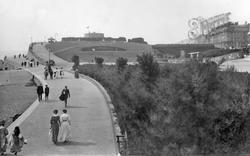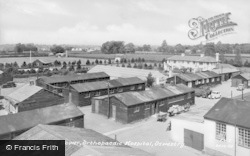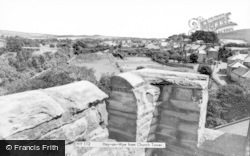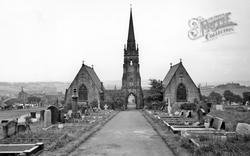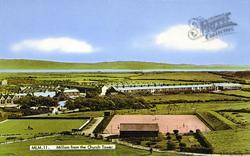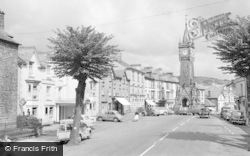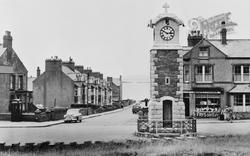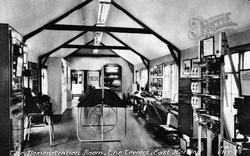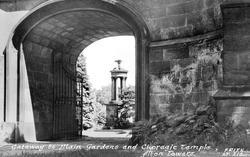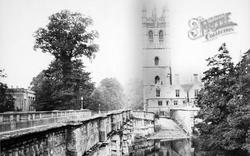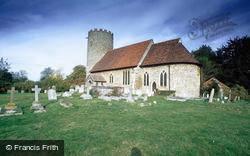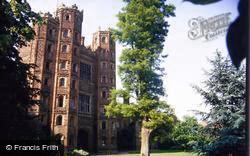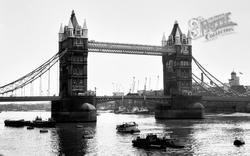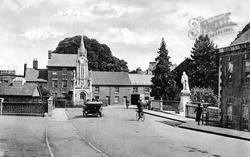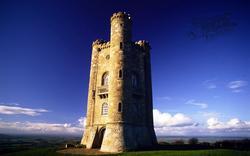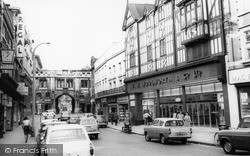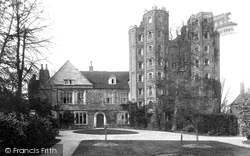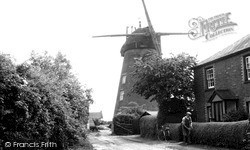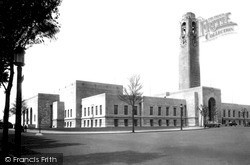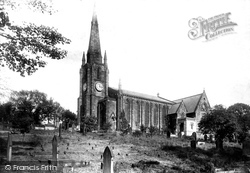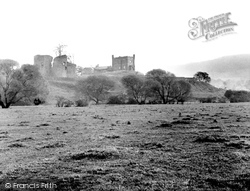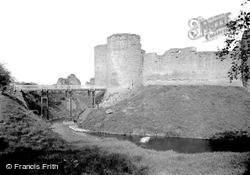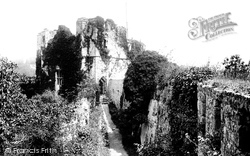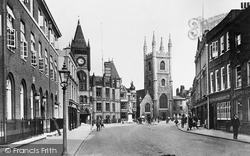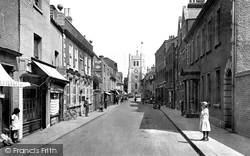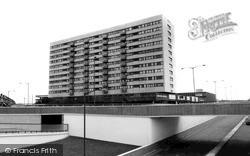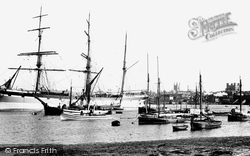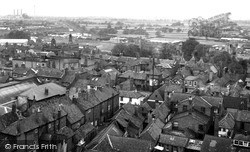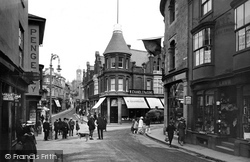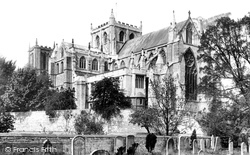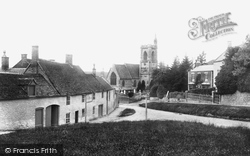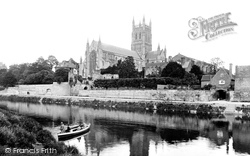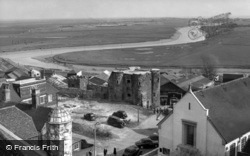Places
36 places found.
Those places high-lighted have photos. All locations may have maps, books and memories.
- Poplar, Middlesex
- Bow, Middlesex
- Bethnal Green, Middlesex
- Stepney, Middlesex
- Alton Towers, Staffordshire
- Isle of Dogs, Middlesex
- Limehouse, Middlesex
- Spitalfields, Middlesex
- Barjarg Tower, Dumfries and Galloway
- Bromley, Middlesex
- Stratford Marsh, Middlesex
- Tower Hill, Merseyside
- Tower Hill, Essex
- St George in the East, Middlesex
- Wapping, Middlesex
- Globe Town, Middlesex
- Old Ford, Middlesex
- Cubitt Town, Middlesex
- Tower Hill, Cheshire
- Tower Hill, Surrey
- Bow Common, Middlesex
- Mile End, Middlesex
- Millwall, Middlesex
- Ratcliff, Middlesex
- Warmley Tower, Avon
- Tower Hill, Hertfordshire
- Tower End, Norfolk
- Tower Hamlets, Kent
- Tower Hill, Devon
- Tower Hill, West Midlands
- Blackwall, Middlesex
- North Woolwich, Middlesex
- Hackney Wick, Middlesex
- Shadwell, Middlesex
- South Bromley, Middlesex
- Tower Hill, Sussex (near Horsham)
Photos
1,787 photos found. Showing results 1,541 to 1,560.
Maps
223 maps found.
Books
1 books found. Showing results 1,849 to 1.
Memories
637 memories found. Showing results 637 to 637.
Captions
3,007 captions found. Showing results 1,849 to 1,872.
The towering and somewhat two-dimensional timbered front of Woolworths and the 1907 Perpendicular Gothic-style Mac Fisheries (a chain long departed from our high streets) were recently demolished to
The Towers, however, are admired for their sheer scale, and for the terracotta ornamentation on their parapets.
The substantial building behind the trees is Billericay church, which was rebuilt in 1780, though retaining its fine 15th-century brick tower.
In 1775 a brick tower-mill was built near the crossroads by John Matchett, a Colchester millwright.
Notice the prow of a Viking longboat in the clock-tower, a reminder of Sweyne Forkbeard and the city's Viking founders.
St Stephen's has a west tower with a spire and was almost entirely altered internally in the late Victorian period.
The remains of the 14th-century lodging tower are to the left. Ballon's motte to the right is topped by a 19th-century hunting lodge, which now houses the town's museum.
Probably he was responsible for this twin-towered gatehouse, which in the 1260s became the new entrance to the castle via a drawbridge over the deep moat.
These are the parapets of the lower bailey looking towards Marten`s Tower, which gets its name from the prisoner it housed in the 17th century.
Beyond the bank with its pyramid-roofed tower are the elegant terra cotta and brick buildings flanking the entrance to Queen Victoria Street.
The steep-roofed tower behind the chimney stack had at last been completed.
This view looks up Highbridge Street from the river bridge to the Abbey church and its impressive 16th-century west tower.
Aggregates and cladding panels have been used extensively on the tower block; with its associated shopping precinct and multi-storey car park, it overlooks an underpass and a flyover on
The 125- foot high keep of the Norman Castle and the tower of the Cathedral dominate this view of the crowded anchorage on a bend of the river, en route to its union with the Thames off Garrison point
In this view from the top of St Mary's tower, the castle ruins can be seen in the centre background.
The town clock tower dominates Fore Street as it climbs away from the camera. The splendid street lamp on the corner has since been removed.
The tower is a well-known day-mark for mariners.
There is still a putting green near the Clock Tower, but it is in an adventure form, and is perhaps not so attractive as the simplified version was.
The cathedral looks massive, but is in fact relatively small, the central and two western towers being of no great height at all.
The 15th-century tower is all that remains of the original structure of the church of St John the Baptist - the rest was rebuilt in 1875.
The church of St Giles, with its north tower and unusual octagonal spirelet, was rebuilt between 1857- 8 by S S Teulon, and overlooks the Uley valley.
The original tower, for instance, collapsed in 1175 and its replacement was not completed until 1374. It stands nearly 200 ft high and, apparently, weighs 4,100 tons - but how do they know that?
Looking across the Ypres Tower from the parish church roof, the marshes are much bleaker than now, with the Rother winding through the treeless flat land.
Dominating this photograph is the richly-decorated Saxon tower of the church of All Saints, standing sentinel and soaring above the rooftops of the village.
Places (38)
Photos (1787)
Memories (637)
Books (1)
Maps (223)


